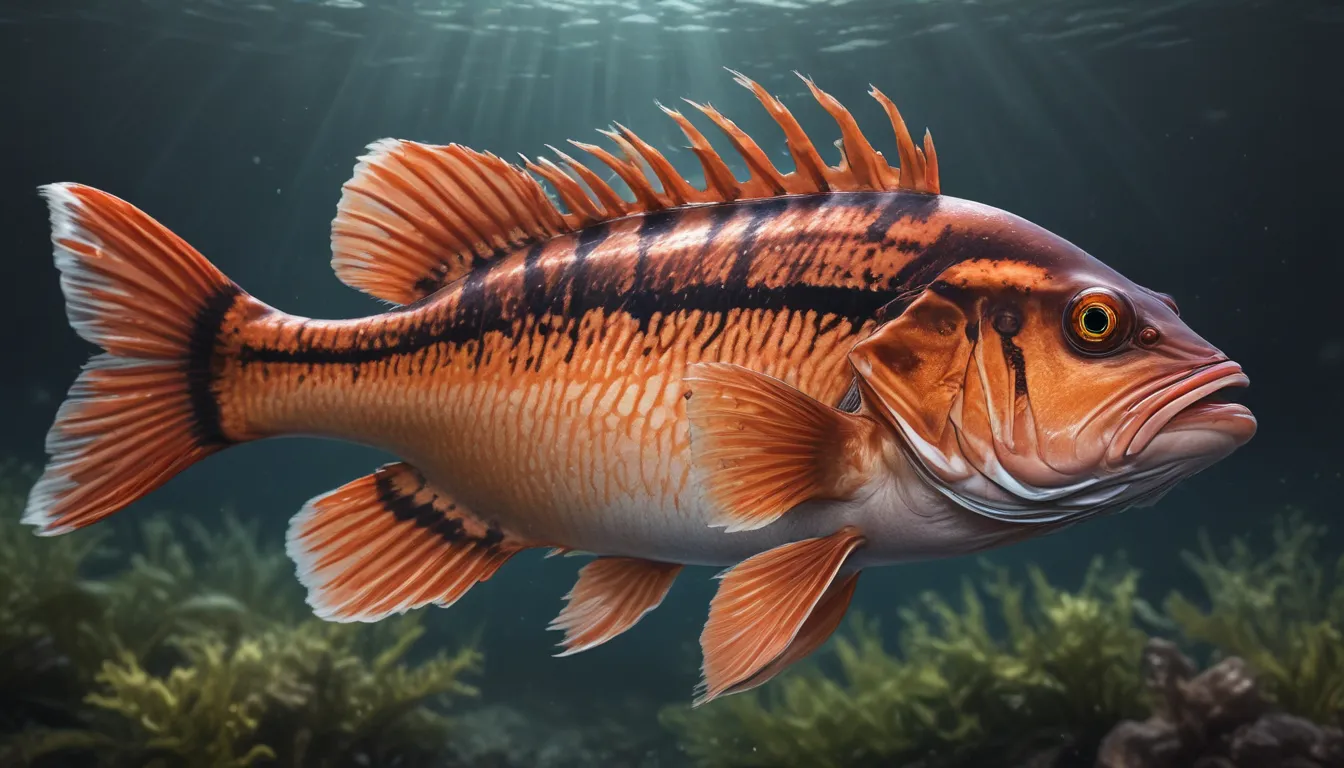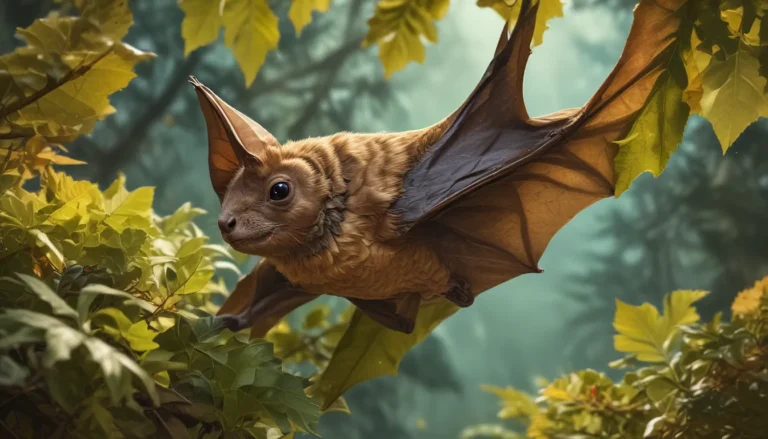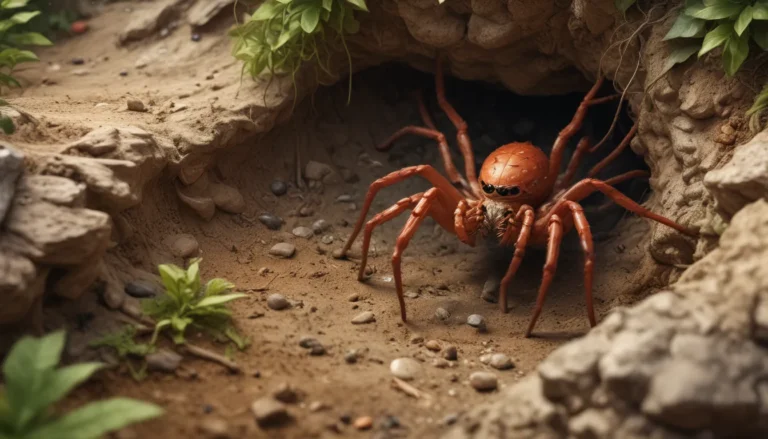The pictures we use in our articles might not show exactly what the words say. We choose these pictures to make you interested in reading more. The pictures work together with the words but don’t take their place. The words still tell you the important facts.
Quillback rockfish, scientifically known as Sebastes maliger, are captivating creatures that inhabit the waters of the northeastern Pacific Ocean. With their unique appearance and behavior, these fish have piqued the interest of marine enthusiasts and researchers alike. In this article, we will delve deep into the intriguing world of quillback rockfish and uncover 20 fascinating facts about this mysterious species. From their physical characteristics to their ecological significance and recreational value, there is much to learn and appreciate about these remarkable fish. So, join us as we embark on a journey to explore the wonders of the quillback rockfish.
Unveiling the Quillback Rockfish
- Distinct Appearance: Quillback rockfish are known for their reddish-brown bodies covered in protruding spines, which give them their distinctive name. They also have large pectoral fins and prominent mouths, making them visually striking.
- Habitat: These bottom-dwelling fish can be found along the rocky coastlines from Alaska to Baja California. They prefer habitats with structures such as kelp forests and rocky reefs, where they can seek shelter and find plenty of small prey.
Discovering the Characteristics of Quillback Rockfish
- Carnivorous Diet: Quillback rockfish are carnivorous predators that primarily feed on small fish, shrimp, crabs, and other invertebrates. They use their well-developed teeth and strong jaws to capture and consume their prey.
- Long Lifespan: With a lifespan of up to 50 years, quillback rockfish have a relatively long life compared to other fish species. They reach sexual maturity around 10 years of age and can grow up to 26 inches in length.
Exploring the Behavior of Quillback Rockfish
- Reproduction: Female quillback rockfish give birth to live young, with each breeding cycle producing between 2,000 to 10,000 offspring. This method of reproduction sets them apart from other fish species that lay eggs.
- Coloration: Quillback rockfish have the ability to change their coloration based on their environment. When resting on the ocean floor, they exhibit a darker coloration to blend in with their surroundings.
Understanding the Importance of Quillback Rockfish in Ecosystems
- Predatory Role: Quillback rockfish play a crucial role in maintaining the balance of marine ecosystems as predators. They help control the population of smaller fish and invertebrates, contributing to the overall health of the ecosystem.
- Defense Mechanisms: These rockfish have sharp spines along their dorsal fin, which they use as a defense mechanism against predators. When threatened, they can extend their spines to protect themselves.
Appreciating the Conservation of Quillback Rockfish
- Population Stability: Currently, the populations of quillback rockfish are stable and not at risk of depletion. Conservation efforts are in place to monitor and manage their populations to maintain their sustainable status.
- Fishery Resource: While not commercially targeted, quillback rockfish provide a valuable fishery resource for recreational anglers. They contribute to the diversity and economic value of the fishing industry.
Delving Deeper into Quillback Rockfish
- Competition with Similar Species: Quillback rockfish can be confused with other rockfish species due to their similar appearance. They share similarities with Copper Rockfish, Vermilion Rockfish, and other members of the Sebastes genus.
- Resilience to Fishing Pressure: Studies have shown that quillback rockfish have a high resilience to fishing, making them more resistant to population declines compared to other rockfish species.
Embracing the Fascination of Quillback Rockfish
Quillback rockfish exhibit a fascinating blend of physical characteristics, behaviors, and ecological importance that make them a truly captivating species of fish. With their unique appearance, impressive sensory system, and longevity, these fish have much to offer to researchers and marine enthusiasts. Whether you're a seasoned angler or simply curious about marine life, exploring the world of quillback rockfish will undoubtedly deepen your appreciation for the diverse and mysterious creatures that inhabit our oceans.
Dive Deeper into the Oceanic World
Quillback rockfish are just the tip of the iceberg when it comes to the wonders of marine life. Explore the vast expanse of the Pacific Ocean, uncover surprising facts about rockfish nutrition, and learn how sustainable fishing practices are celebrated on World Tuna Day. Each topic offers a unique glimpse into the beauty and complexity of our underwater ecosystems, highlighting the interconnectedness of all living creatures in the ocean.
Trustworthy Information, Engaging Insights
Our commitment to delivering accurate and engaging content is at the core of what we do. Every fact shared on our platform is contributed by real users like you, bringing a diverse range of insights and knowledge to our readers. Our dedicated editors review each submission meticulously to ensure accuracy and reliability, guaranteeing that the information we provide is not only fascinating but also trustworthy. Explore and learn with confidence as you uncover the mysteries of the natural world with us.
Embrace the Wonder of Quillback Rockfish
Quillback rockfish are more than just fascinating creatures—they are a testament to the beauty and complexity of marine ecosystems. Their unique characteristics and behaviors offer a window into the intricate web of life that exists beneath the ocean's surface. Whether you're a curious explorer or a devoted conservationist, the world of quillback rockfish invites you to appreciate and protect the diverse marine life that enriches our planet. Dive in and discover the wonders of the underwater world, one quillback rockfish at a time.






